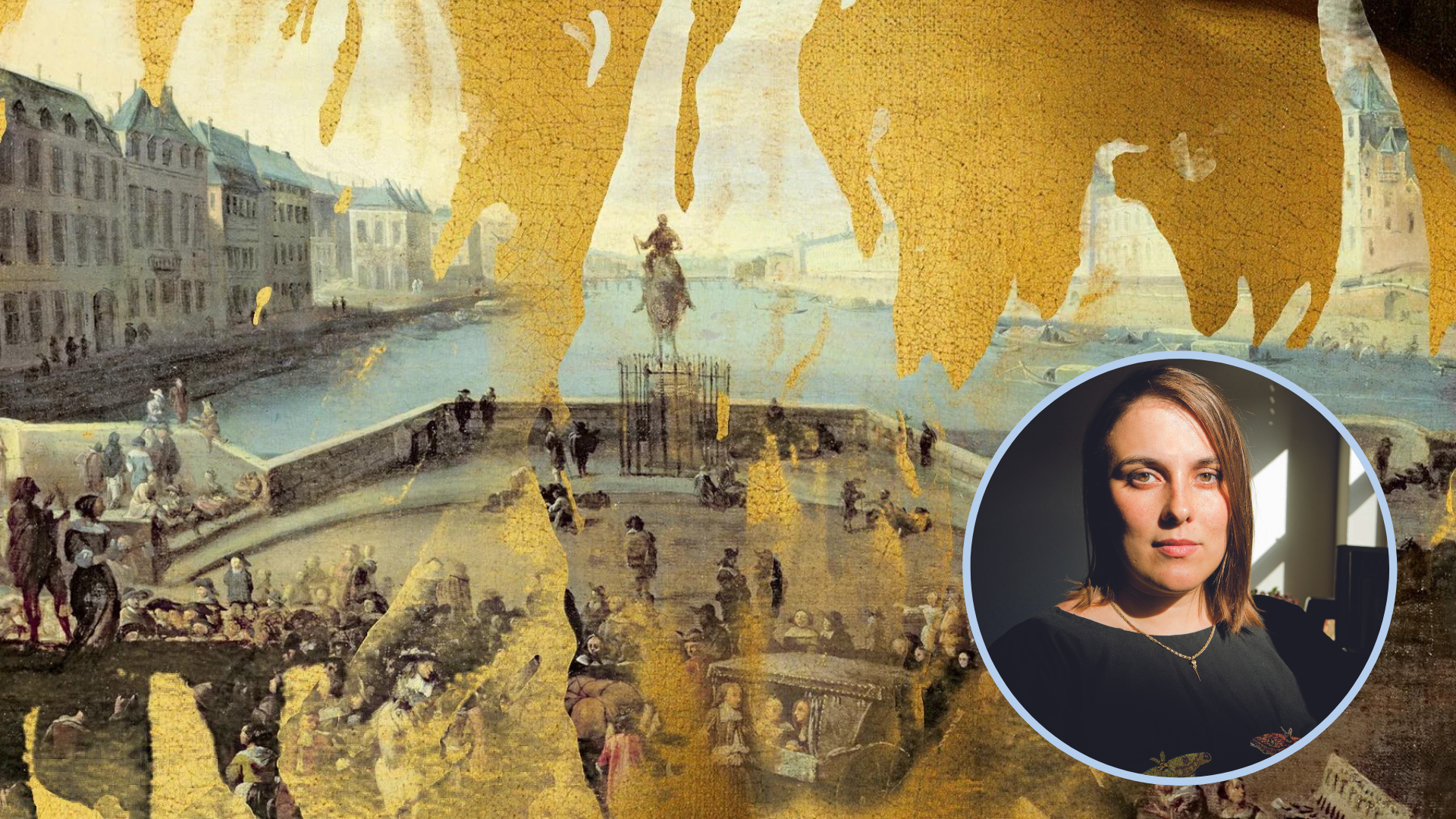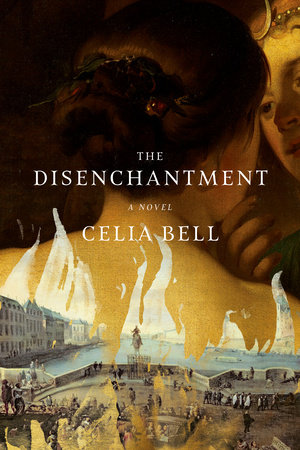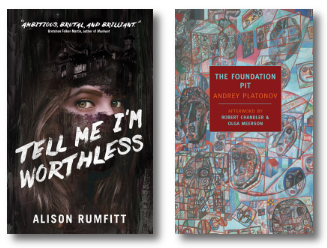
Celia Bell has written short fiction for VQR, The White Review, The Sewanee Review, The Southern Review, and Bomb Magazine. She lives in Austin, Texas and is the winner of the 2018 VQR Emily Clark Balch Prize for Fiction. She holds an MFA from the New Writers Project at the University of Texas.
Celia spoke with us about her debut The Disenchantment, centering the complexities of life for historic women and queer people, and keeping bees as a form of creativity.
 Set in 17th century Paris, The Disenchantment takes up the infamous Affair of the Poisons as it tells the story of a love affair between two noblewomen seeking freedom from their repressive society—the unhappily married Baroness Marie Catherine and the androgynous countess Victoire Rose de Bourbon. What inspired you to write this book?
Set in 17th century Paris, The Disenchantment takes up the infamous Affair of the Poisons as it tells the story of a love affair between two noblewomen seeking freedom from their repressive society—the unhappily married Baroness Marie Catherine and the androgynous countess Victoire Rose de Bourbon. What inspired you to write this book?
My first inspiration for the book was reading about the life of Marie Catherine d’Aulnoy, a 17th novelist and writer of fairy stories. I came across her name in From the Beast to the Blonde, a wonderful book about fairy tales by Marina Warner, and the fragmentary episodes of her life described in that book were so vivid and surprising to me that I felt like they were almost already a novel in themselves—and then, after a bit more research, I quickly realized that she had written a number of fairy tales that I had read when I was a child. As I read more, I realized that there was a complex conversation occurring in 17th century France about the liberation of women, and that many women of Madame d’Aulnoy’s generation risked a great deal in order to live outside the constraints that the more conservative parts of society would have imposed on them.
The Disenchantment paints a rich, detailed portrait of aristocratic life in 17th century France, incorporating real historic figures and events into the story. What was your research process for the book like?
I did a great deal of research—some from contemporary 17th century writers, and also quite a bit from secondary sources, not just on the historical events of the period, but as much social and material history as I could find. At a certain point in the research process, I was going to the library and checking out stacks of ten or fifteen books at a time. I really wanted the novel to feel lived in—that there should be an understanding of what the characters ate and read and wore, and how the servants were paid and the accounts were kept and the children were taught. The more I read about the period, the more I felt I understood about what the possible world of the characters might have looked like, if lived from inside.
In the book you present a vision of this period that is deeply attentive to the struggles facing women at the time, a contrast to more romantic portrayals of Versailles in fiction. Why was it important to you to tackle these darker themes in The Disenchantment?
I wanted to write a novel that engaged deeply with history, while also being in conversation with our own time. Our current moment in history is one of backlash against many of freedoms that women and queer people fought for over the course of many years, and part of this backlash necessarily involves the creation of a sanitized view of history, in which the position of women in society was more or less static, and queer people, perhaps, didn’t exist at all. The reality, of course, is much more complex, and I wanted the novel fully imagine this complexity.
Did you encounter anything unexpected or surprising while working on this book, whether in your research or in your writing of the story?
So many things! There’s one major plot point in the novel that came entirely out of my research into how historical pigments were made—I was researching the ingredients in historical paints, to inform the point of view of Alain Lavoie, who is a portrait artist, and I discovered what to me was a really surprising connection between the craft of making paint and the scandal of the Affair of the Poisons.
What was the most rewarding part of writing The Disenchantment? The most challenging?
The most rewarding part to me is always simply when the writing is going well. The most challenging part was the submission process. Once the manuscript leaves your hands, there’s nothing you can really do except wait to hear what editors think. To make things more difficult, The Disenchantment went out just a few weeks before the beginning of the COVID-19 pandemic, and it had quite a rocky path to acceptance, during which I revised the manuscript pretty extensively. Revising was actually the easiest part, as I realized that despite the discouragement I felt about editorial rejections, I was still able to return to the world of the novel and feel that it was as alive as it had been when I first wrote it.
Do you ever find it difficult to be creative? What do you do when you are feeling blocked or uninspired?
Yes, sometimes. I find it useful to read—often older books, or books that I love but haven’t read recently. I also think it’s useful to find some other, more concrete creative task to do. I like to garden, and sew, and I keep bees (which is also a big part of my day job), and I think these things help give you the sense of making something that is manifest and connected to the physical world that is sometimes difficult to access when you’re alone with words on a screen.
What are you currently reading? Are there upcoming books that you are looking forward to?
I’m currently reading The Foundation Pit by Andrey Platonov. I recently finished Tell Me I’m Worthless, by Alison Rumfitt, and am looking forward to her next book, which I think comes out in the U.S. this fall.


